Maya News Updates 2008, No. 1: Chunchucmil, Yucatan - More Information and Some Comments on the Recent Identification of the Market Plaza and Possible Market Economy at Chunchucmil
In Maya News Updates 2007, No. 80 a summary article was posted on recent archaeological research at the Yucatecan site of Chunchucmil in which the project's researchers had identified a possible market plaza and additionally suggested the presence of a market economy. At its peak around AD 500, Chunchucmil may have had a population of some 45,000 inhabitants. The article, originally posted in the The Salt Lake Tribune on December 3, 2007, was based on a publication of the project's results in Latin American Antiquity. Yesterday, Tuesday January 8, 2008, the online edition of The New York Times posted a report in its Science section in which more information by Dr. Bruce Dahlin as well as some comments by Dr. Stephen Houston on the market plaza and market economy proposal are presented (edited by MNU):
Ancient Yucatán Soils Point to Maya Market, and Market Economy - Scientists using improved methods of analyzing the chemistry of ancient soils have detected where a large marketplace stood 1,500 years ago in a Maya city on the Yucatán Peninsula of Mexico.
The findings, archaeologists say, are some of the first strong evidence that the ancient Maya civilization, at least in places and at certain times, had a market economy similar in some respects to societies today. The conventional view has been that food and other goods in Maya cities were distributed through taxation and tributes controlled by the ruling class.
Bruce H. Dahlin, an archaeologist at Shepherd University in Shepherdstown, W[est] V[irgini]a, said in a telephone interview that the new research “introduces some hard-core empirical evidence for a market economy,” adding that the soil studies provide “the first way of confirming that an area that looks like a marketplace is a marketplace.”
Dr. Dahlin was the lead author of a report on the discovery in the current issue of the journal Latin American Antiquity. Richard E. Terry, who conducted the tests, is a soil biochemist at Brigham Young University and an expert in the analysis of soils at archaeological sites. Archaeologists suspected that a wide clearing at the center of the ruins of Chunchucmil might have been a market, not a ritual plaza. Rock alignments peeking above the surface seemed to outline the positions of stalls and regular pathways; the rock patterns for stalls were too small to be house foundations.
Other research in recent years indicated that the city appeared to have been an important trade center in northwestern Yucatán, connected by a canal to the Gulf of Mexico, 15 miles away. It was doubtful, experts say, that the nearby agriculture could have supported the estimated population of up to 45,000 at the city’s peak around AD 500. Archaeologists surmised that the city traded in goods and services for food at an outdoor market.
Dr. Terry’s team took several hundred samples of soil from the clearing and adjacent areas. Food and other organic matter might decay, but they leave chemical traces that survive in the soil. All food materials contain phosphorus, a particularly durable marker of food from long ago.
The researchers applied a dilute acid to the samples and filtered the resulting solution. Exposed to a light from a portable laboratory, the phosphorus in the soil emitted a blue glow; the bluer it was, the greater the amount of the residual chemical. Most samples from the site showed phosphorus concentrations 40 times higher than in surrounding soils, which Dr. Terry said was consistent with results from modern open-air markets in the region.
Stephen D. Houston, a Maya scholar at Brown University who was not associated with the project, said the research was “intriguing work by specialists with a long and distinguished track record in the soil chemistry of Maya ruins.” Noting that he had been a skeptic of an ancient Maya market economy, Dr. Houston wrote in an e-mail message, “I’m definitely coming around to a belief in these market facilities,” citing suggestive discoveries at other ruins in Mexico and Guatemala.
But Dr. Houston questioned how widespread the market economy was in time and geography. He contended that in most cases, Maya rulers had controlled food distribution through a tax and tribute economy (written by John Noble Wilford; source The New York Times - Science).
The findings, archaeologists say, are some of the first strong evidence that the ancient Maya civilization, at least in places and at certain times, had a market economy similar in some respects to societies today. The conventional view has been that food and other goods in Maya cities were distributed through taxation and tributes controlled by the ruling class.
Bruce H. Dahlin, an archaeologist at Shepherd University in Shepherdstown, W[est] V[irgini]a, said in a telephone interview that the new research “introduces some hard-core empirical evidence for a market economy,” adding that the soil studies provide “the first way of confirming that an area that looks like a marketplace is a marketplace.”
Dr. Dahlin was the lead author of a report on the discovery in the current issue of the journal Latin American Antiquity. Richard E. Terry, who conducted the tests, is a soil biochemist at Brigham Young University and an expert in the analysis of soils at archaeological sites. Archaeologists suspected that a wide clearing at the center of the ruins of Chunchucmil might have been a market, not a ritual plaza. Rock alignments peeking above the surface seemed to outline the positions of stalls and regular pathways; the rock patterns for stalls were too small to be house foundations.
Other research in recent years indicated that the city appeared to have been an important trade center in northwestern Yucatán, connected by a canal to the Gulf of Mexico, 15 miles away. It was doubtful, experts say, that the nearby agriculture could have supported the estimated population of up to 45,000 at the city’s peak around AD 500. Archaeologists surmised that the city traded in goods and services for food at an outdoor market.
Dr. Terry’s team took several hundred samples of soil from the clearing and adjacent areas. Food and other organic matter might decay, but they leave chemical traces that survive in the soil. All food materials contain phosphorus, a particularly durable marker of food from long ago.
The researchers applied a dilute acid to the samples and filtered the resulting solution. Exposed to a light from a portable laboratory, the phosphorus in the soil emitted a blue glow; the bluer it was, the greater the amount of the residual chemical. Most samples from the site showed phosphorus concentrations 40 times higher than in surrounding soils, which Dr. Terry said was consistent with results from modern open-air markets in the region.
Stephen D. Houston, a Maya scholar at Brown University who was not associated with the project, said the research was “intriguing work by specialists with a long and distinguished track record in the soil chemistry of Maya ruins.” Noting that he had been a skeptic of an ancient Maya market economy, Dr. Houston wrote in an e-mail message, “I’m definitely coming around to a belief in these market facilities,” citing suggestive discoveries at other ruins in Mexico and Guatemala.
But Dr. Houston questioned how widespread the market economy was in time and geography. He contended that in most cases, Maya rulers had controlled food distribution through a tax and tribute economy (written by John Noble Wilford; source The New York Times - Science).







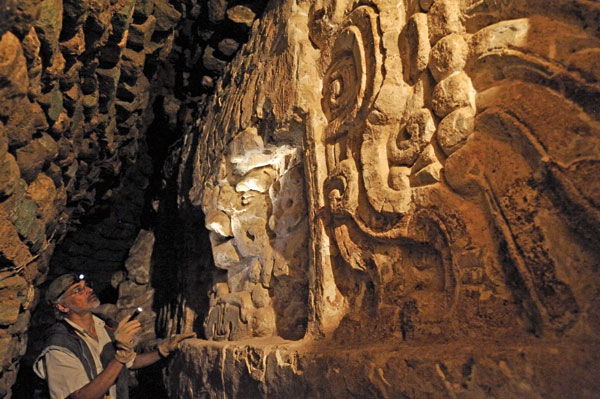
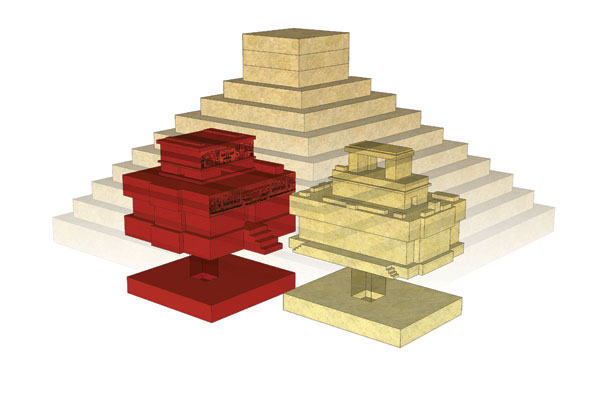
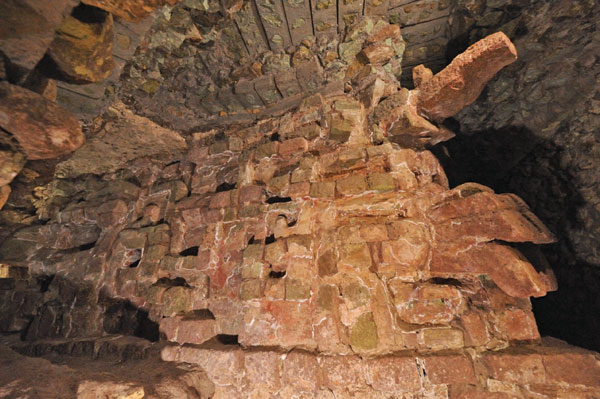





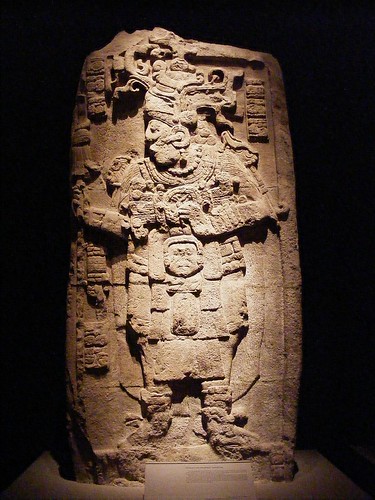


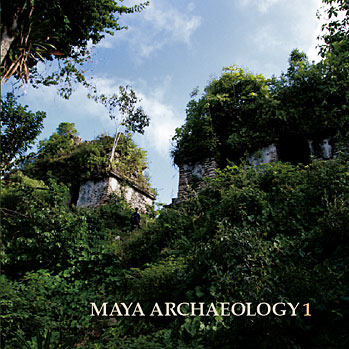









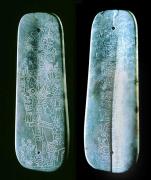
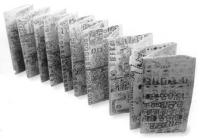

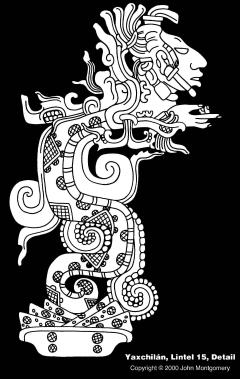

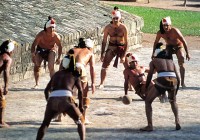


0 Comments:
Post a Comment
<< Home